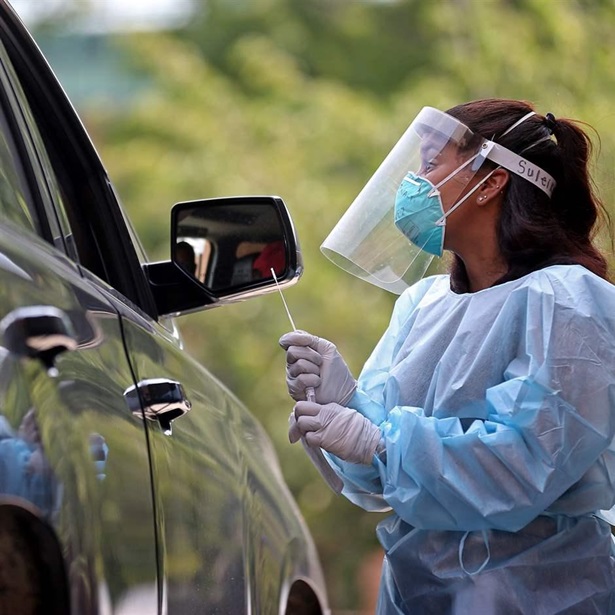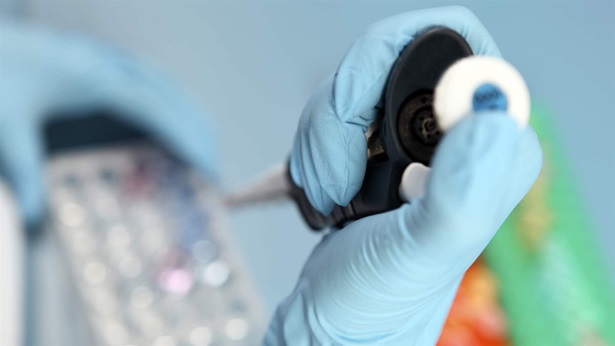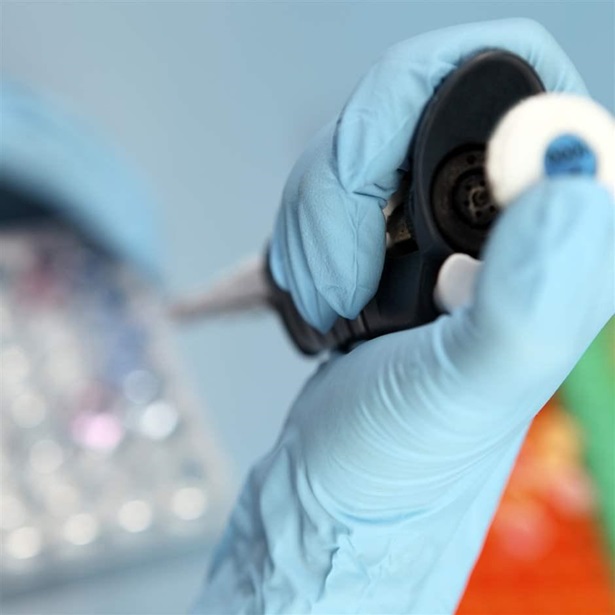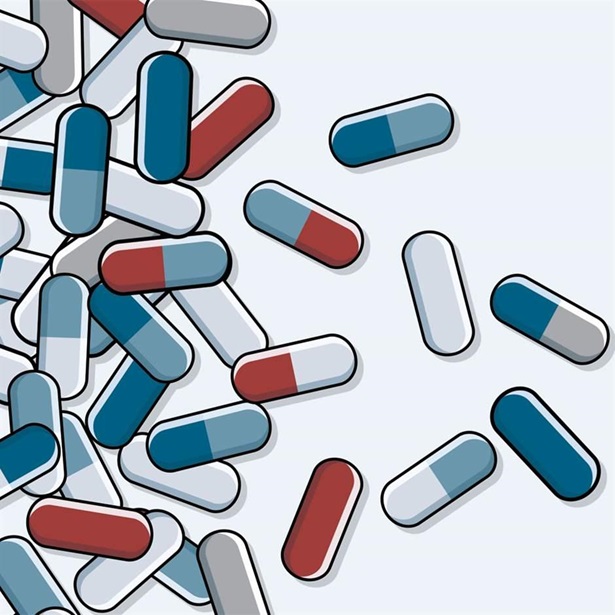Diagnostic Test Regulation Should Rank High on Agenda of New Congress
The VALID Act would close dangerous gaps in oversight of in vitro clinical tests
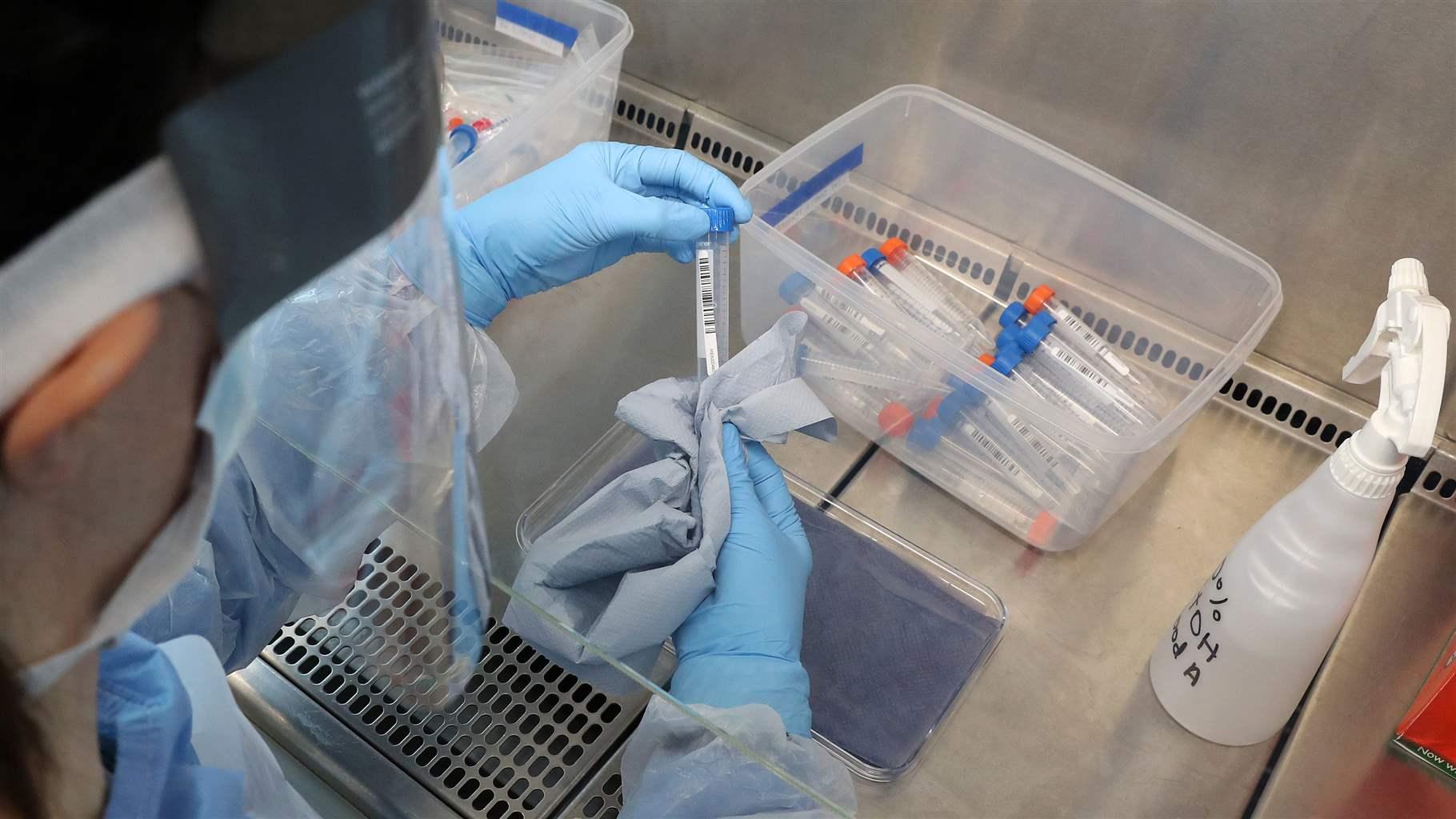
Faulty diagnostic tests can compromise both patient care and the nation’s response to infectious diseases—as made all too clear earlier this month when the Food and Drug Administration issued a safety alert about a COVID-19 test that carries a high risk of false negative results. The development highlights the dangers that unreliable diagnostics can pose to the public, misleading patients about their health and causing them to pursue unnecessary medical interventions or forgo treatments they need.
To reduce these public health risks, Congress should pass legislation that bolsters federal oversight of diagnostic tests. The Verifying Accurate and Leading-edge IVCT Development (VALID) Act, a bipartisan bill introduced in 2020, provides lawmakers with a solid foundation to build on.
The act would give the Food and Drug Administration (FDA) clear authority to set risk-based requirements for all tests, including ones made and used in individual laboratories, known as lab-developed tests (LDTs). Some labs have challenged FDA’s authority to regulate these tests, and a decision last August by the Department of Health and Human Services undermined FDA’s ability to oversee LDTs, even during a public health emergency.
By unifying regulation of in vitro diagnostics (IVDs)—tests that analyze saliva, blood, and other specimens—under FDA, the VALID Act would ensure rigorous and efficient agency review of these valuable medical tools.
The Pew Charitable Trusts supports the shift to risk-based oversight because it would enhance patient protections and establish consistent regulatory standards for test developers. To secure these benefits, Pew recommends enhancements to three aspects of the VALID Act.
Narrow broad exemptions from review
Congress should narrow the VALID Act’s criteria for tests that would be excluded from FDA premarket review requirements, which allow the agency to confirm a test’s accuracy and reliability before use on patients.
The proposed legislation would exempt from premarket review all tests in use before the law’s date of enactment. This policy could encourage LDT developers to rush products to market as Congress casts final votes. Lawmakers should curb such behavior by reserving this exemption for diagnostics marketed at least 90 days before enactment, making it harder to predict and exploit the bill’s cut-off date. Legislators should also add provisions to specify that FDA can apply premarket requirements to a previously exempt test if the developer modifies it in ways that may affect the IVD’s reliability.
In addition, Congress should tighten the bill’s criteria for categorizing low-risk tests. This group of products is also exempt from premarket review under the VALID Act, which defined “low risk” too broadly, in a way that might erroneously include higher-risk tests.
Go slow with unproven review schemes
The 2020 VALID Act proposed creation of a new FDA review pathway—called technology certification—for tests that meet certain criteria. Through this pathway, a developer could submit an application to the agency that contains data for one test and gain authorization to market an unlimited number of IVDs as long as they share particular features and are run using the same technology. The products covered by a single technology certification order could serve wide-ranging clinical purposes, from cancer diagnosis to infectious disease screening.
This new pathway is meant to make efficient use of FDA resources and enable device companies and labs to market modified or new tests more efficiently. But it is also unproven—and given its potentially vast impact on public health, Congress should restrict eligibility for technology certification to the highest quality developers, which the 2020 bill does not do. Lawmakers should also require limited use of technology certification initially, perhaps through a pilot program, so that FDA can evaluate its public health consequences before deciding to expand developers’ access.
Strengthen FDA’s postmarket powers
Under the VALID Act, FDA would not review most new diagnostic tests: According to the agency’s estimates, only 5% to 10% of new tests would receive full premarket approval—the rest would be exempt or eligible for technology certification. That makes it even more vital that the agency has tools to effectively detect and respond to safety concerns arising after products enter the market. But in this regard the 2020 bill needs three important changes.
First, lawmakers should remove impractical restrictions on one of the most important postmarket tools in the bill, the Special Rule. The rule should allow the agency to act quickly in defense of public health when regulators become aware of a test that may pose unacceptable risks.
However, the 2020 legislation would prevent such action unless the agency could demonstrate that there is insufficient scientific evidence to support a test’s validity; and that the product is being marketed with deceptive or fraudulent claims or is reasonably likely to cause serious patient harm. These requirements far exceed those for the agency’s postmarket tools for other medical products and would place an unnecessary burden on the agency to exercise its authority.
Second, lawmakers should revise the bill to preserve the long-standing mandate that doctors, nurses, and other health care workers report cases of test-related patient harm to FDA. The 2020 bill proposed eliminating these requirements, which could hamper the agency’s ability to detect signals of a potentially faulty test. Providers’ accounts of patient injuries and test malfunctions are an essential source of information about the real-world performance of medical products.
Lastly, the VALID Act must provide adequate resources for FDA to oversee the increasingly complex diagnostics market. Although the 2020 bill would authorize the agency to collect user fees from test developers to fund oversight activities, it would also prevent FDA from gathering fees until the completion of milestones (such as rulemaking) that typically require years of work and significant resources. Whether through appropriations, user fees, or a combination thereof, Congress should authorize funds the agency will need to successfully conduct rigorous oversight from the start of the law’s implementation.
Safe and accurate diagnostic tests have never been more important to the health of individual Americans and the nation. With key improvements, the VALID Act would create a flexible and risk-based oversight system that delivers reliable IVDs for patients and a level playing field for the companies and labs creating these important products. Approval of these urgently needed reforms should rank high on the agenda of the new Congress and president.
Liz Richardson directs The Pew Charitable Trusts’ health care products project.



